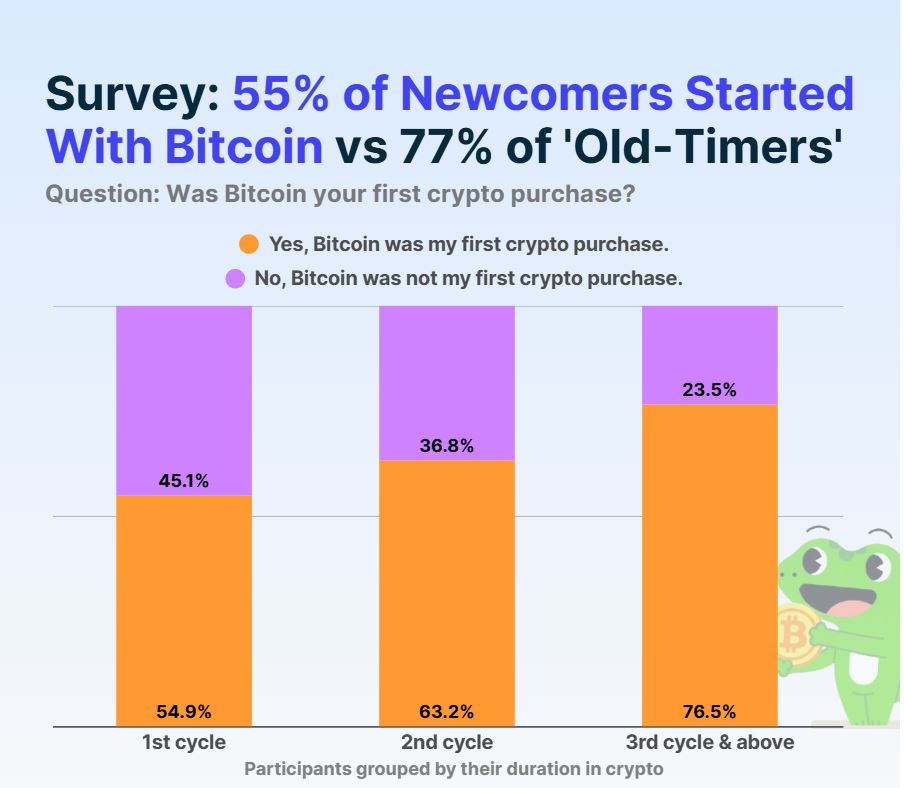
Headline24jam.com – NASA’s Voyager 1 spacecraft, launched in 1977, is set to make a noteworthy close approach to Gliese 445 in approximately 40,000 years. Currently located about 168 AU (astronomical units) from Earth, Voyager 1 has traveled beyond the heliosphere and entered interstellar space.
Perjalanan Voyager 1
Voyager 1 became the first spacecraft to cross the heliopause, marking its venture into interstellar territory. As it speeds through space at approximately 61,195 kilometers per hour (38,025 miles per hour), communication signals from Earth take over 23 hours to reach the spacecraft. It is expected that it will take more than a year for the signal delay to reach a full 24 hours, a significant milestone for human-made objects.
Oort Cloud: Tanda Awal Petualangan
While Voyager 1’s primary mission is nearing completion, it will soon encounter the Oort Cloud, a theoretical shell of icy objects believed to exist at the edge of our Solar System. NASA describes the Oort Cloud as the "gravitational edge of the Solar System," which still houses many undiscovered entities. It could take around 300 years for Voyager 1 to reach the cloud’s inner edge, and about 30,000 years to pass entirely through.
Pertemuan dengan Bintang di Masa Depan
In 40,000 years, Voyager 1 will get within 1.7 light-years of the star known as AC +79 3888, or Gliese 445. NASA states, "It took 35 years to reach interstellar space, but it will take 40,000 years for Voyager 1 to be closer to Gliese 445 than to our sun." Currently, Gliese 445 is about 17,000 light-years away but will be approximately 3.5 light-years from Earth at the time of the encounter.
Prediksi Pertemuan Astronomi Selanjutnya
Recent studies suggest that Voyager 1 will encounter other stars after the initial close approach to Gliese 445. Within about 303,000 years, it may pass near TYC 3135-52-1, another star, at a distance of roughly 0.965 light-years.
Masa Depan Voyager 1
Despite the vastness of space, it’s believed that the likelihood of Voyager 1 colliding with a star is exceedingly low. NASA concludes that "the timescale for the collision of a spacecraft with a star is of order 10^20 years." As Voyager 1 continues its journey, it will do so with nothing but the Golden Records aboard, carrying human history into the cosmos.
This ambitious voyage, crossing into unknown territories and close encounters with distant stars, serves as a monumental achievement for humanity’s exploration of the universe.






